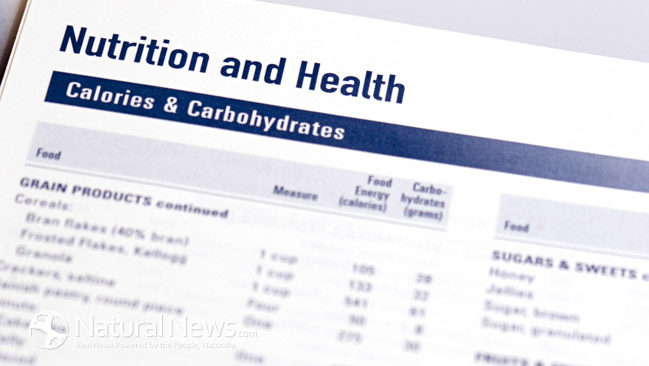Many people consume too much protein – in 2-4 times more than necessary, being not fully aware that overtaken protein stored in our body converts to carbohydrates or fat. Athletes convinced that protein builds muscle, which is true, but the fact is that even the most ardent bodybuilder can build up on the day only a few grams of muscle mass.
Fat molecules composed of a glycerol molecule bound with three molecules of one of the three fatty acids. The medical name of fats – triglycerides. For example, the fat contained in a large amount in beef fat and consisting of glycerol and stearic acid referred tristearinglitseridom. Through tests on the fat content of triglycerides is determined in the blood. The richest sources of fat (excluding meat, eggs and dairy products) are nuts and vegetable oil.
Except for a small number of remaining carbohydrates, the body converts extra calories derived from food into fat, concentrating energy. Burning one gram of fat provides 9 calories and one gram of carbohydrate or protein obtained only 4 calories. Even the most thin person needs a certain amount of fat as we keep very little carbohydrates: the average human body contains 150,000 calories in fat and only 2000 – carbohydrates. The energy stored in carbohydrates can be spent more quickly than a hectic day. In addition to energy storage, fat covers the walls of blood vessels, nerves, and other organs, protecting them from physical damage and heat loss.
Fat distributed throughout the body (especially the membranes covering the cells and cell nuclei), which provides protection against chemical interaction with the major substances of the organism, e.g. prostaglandins. Dietary recommendations in this case are complicated because the body builds a molecule of glycerol and fatty acids from simpler molecules. Exceptions are two fatty acids, linoleic and arachidonic contained in many food products, so a special effort to obtain their necessary daily doses are necessary. No specific requirements and to limit fat, but cook delicious diet foods without at least 10% of calories from fat is difficult.
The most familiar to you carbohydrates are sugars: small molecules produced by plants when combining carbon dioxide (carbon dioxide) and water during photosynthesis. The most important of sugars is glucose. Pets plants get energy by burning carbohydrates, again turning them into carbon dioxide and water. Our cells burn glucose only, and although we consume along with other carbohydrates and other sugars (fructose, maltose and sucrose) to the processing of the body turns them into glucose. Plant tissues are formed by bonding of sugars to build large molecules called complex carbohydrates or polysaccharides. Wood pulp composed of – insoluble polysaccharide.
Some polysaccharides, such as starches, pleasant taste and are used in food. Other (cellulose gum, lignin) completely digested higher animals. Coarse (fibrous) food does not provide the body with nutrients, but plays a crucial role in our diet. People who eat little roughage, susceptible to chronic constipation. Large amounts of these foods form of mass necessary for the proper functioning of the intestines, and perform protective functions discussed above.
We burn glucose get from food so quickly that within a few hours after a meal of it there is nothing left. People and animals convert a certain amount of sugars in complex carbohydrate – glycogen, keeping it in the liver and muscles. It is necessary in order to avoid dependence on other sources of glucose – fat and protein. In the absence of glycogen and body produces glucose from these substances.
As a result, there comes the so-called ketosis hungry when decay products of tissues excessively oxidized blood, slowing down normal metabolic activity and cause nausea. By providing low carbohydrate intake (at least 15% of all daily calories), you get to burn fat and avoid ketosis. Preferred diet includes at least 50% carbohydrate.
So be conscious of your protein intake and most importantly do not stuff yourself with protein snacks, such as – protein bars that are high in sugar.





